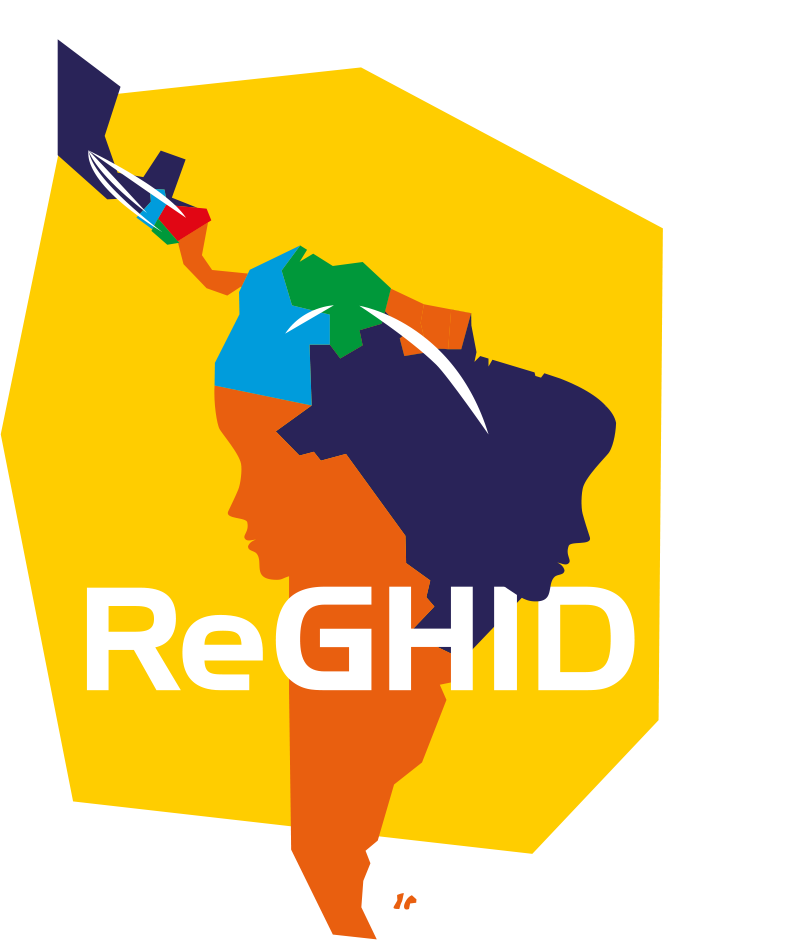Objective
The overarching objective of ReGHID is to improve the delivery of SRH and SRHR of reproductive age women (aged 25-49) and adolescent girls (15-24) in situations of protracted displacement, to engender both evidence-based advocacy and concrete policy proposals for improving coverage of SRH services and developing responsive and inclusive durable solutions for wellbeing and development of all.
ReGHID objectives are:
– To develop new quantitative and qualitative empirical evidence on the impact of displacement on the SRH needs of women and adolescent girls in Central America and Venezuela (WPs 1-3)
– To co-produce research with non-governmental and civil society organisations working with displaced women and adolescent girls to uncover the lived experiences of their right to health in relation to SRH, and the strategies of displaced women and adolescent girls deploy to meet those needs, including from public and non-state providers in places of transit and settlement (WP2)
– To co-produce a holistic understanding of the pressure that the SRH needs of displaced migrant women and adolescents place on local health systems in places of settlement, including an analysis of the resources and capacity required to meet SRH needs and rights (WP3, WP4)
– To analyse whether and how health systems respond to, compromise or deny SRH needs and rights for migrant women and girls in places of settlement (WP4)
– To co-develop with health service researchers, local and regional stakeholders a ‘Comprehensive Healthcare Model’, proposing concrete changes at local (public) health system level to deliver gender-responsive and rights-based services (WP4)
– To co-develop and implement with key local stakeholders (including associations of women and adolescent girls, NGOs, and the OIM), strategies for guiding planning for the effective delivery of displaced women and adolescent girls’ SRHR through ‘the AGAPE guide’:
1) Assessment of female displaced migrant SRH needs and SRHR,
2) Guidance in identifying and accessing services in destinations,
3) Assistance in processes of movement and sites of transit and settlement,
4) Protection from wrongs and harms that impact on SRH,
5) Enabling self-reliance and movement to durable solution (WP5, WP6)
